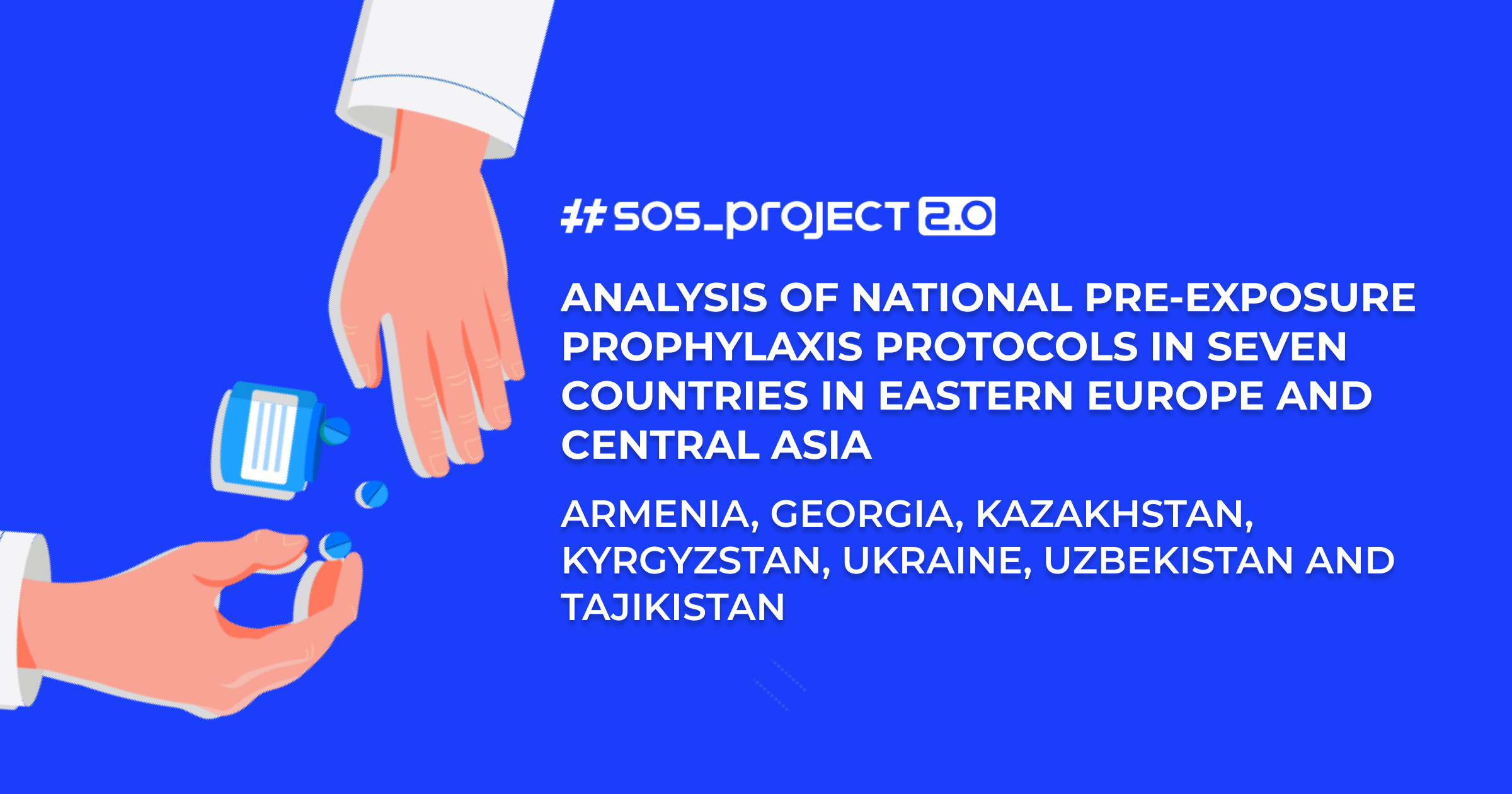In September 2015, the World Health Organization (WHO) made the momentous decision to recommend oral pre-exposure prophylaxis (PrEP) for those at high risk of contracting the virus.
Since that time, research and scientific development has not stood still. Important milestones included recommendations for the use of TDF (tenofovir disoproxil fumarate) in 2015, DVR (dapivirine vaginal ring) in 2021, and CAB-LA in 2022. These new methods have become additional tools for protection against HIV.
However, even with these significant advances, many countries in the European Region still face limited access to PrEP. This is particularly true in Eastern Europe and Central Asia (EECA), where coverage of PrEP services is inadequate, and in some countries PrEP services are not available at all.
An important step in analyzing and strengthening the HIV response has been taken by a team from ECOM and the WHO Regional Office for Europe. Together they analyzed national protocols on PrEP in the countries of the EECA region: Armenia, Georgia, Kazakhstan, Kyrgyzstan, Tajikistan, Ukraine and Uzbekistan.
This report was the first step in the analysis of sustainability and institutionalization of successful practices of BIP implementation in the region. It provides valuable experience and recommendations for countries to learn from successful practices in the region and align their protocols with international standards.
While the report focuses on national protocols, we are also mindful of the significant role of clinicians, researchers and other experts in the health care system who contribute to increased access and successful implementation of VCT at the national level.
Read the analysis of national protocols: https://eeca.aph.org.ua/…/uploads/2023/02/Report_ECOM.pdf






